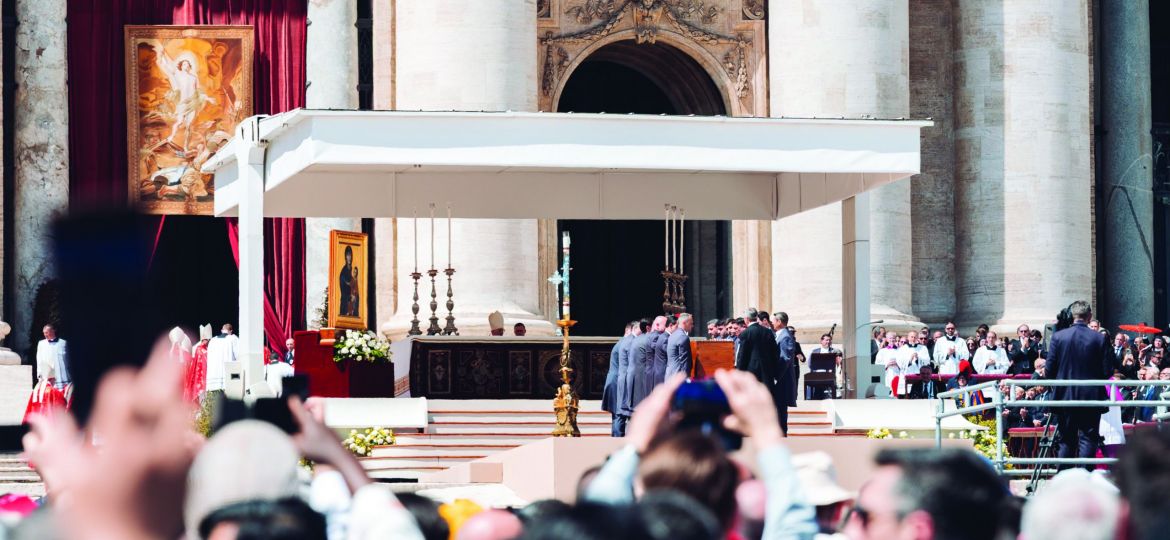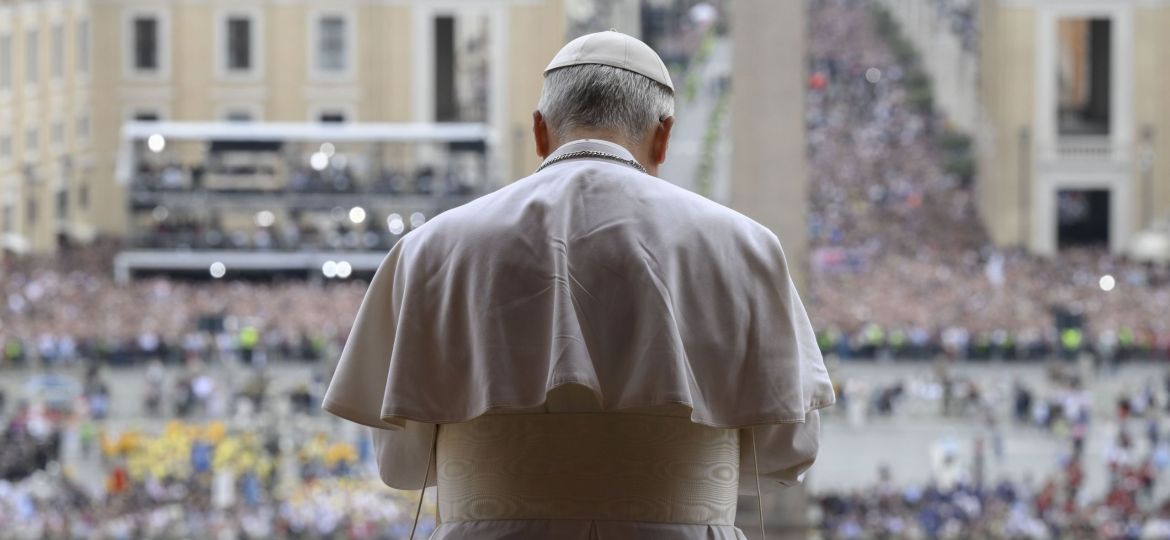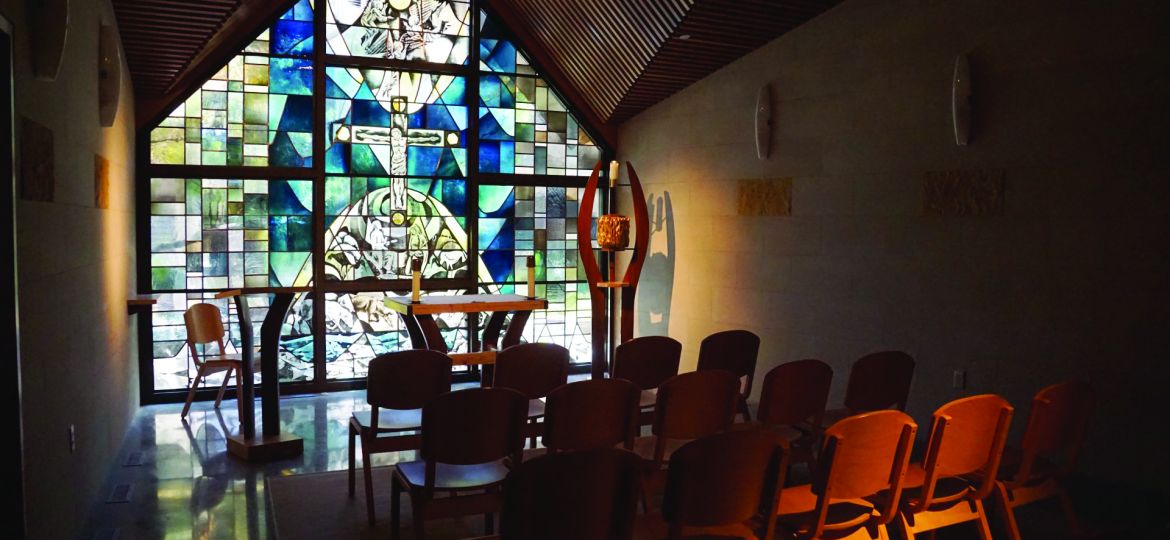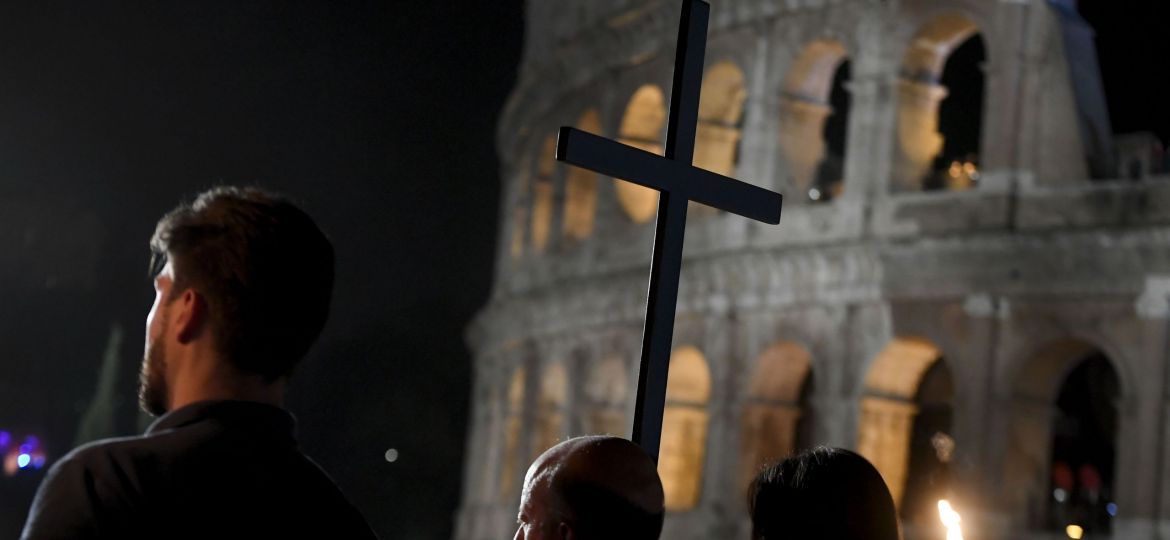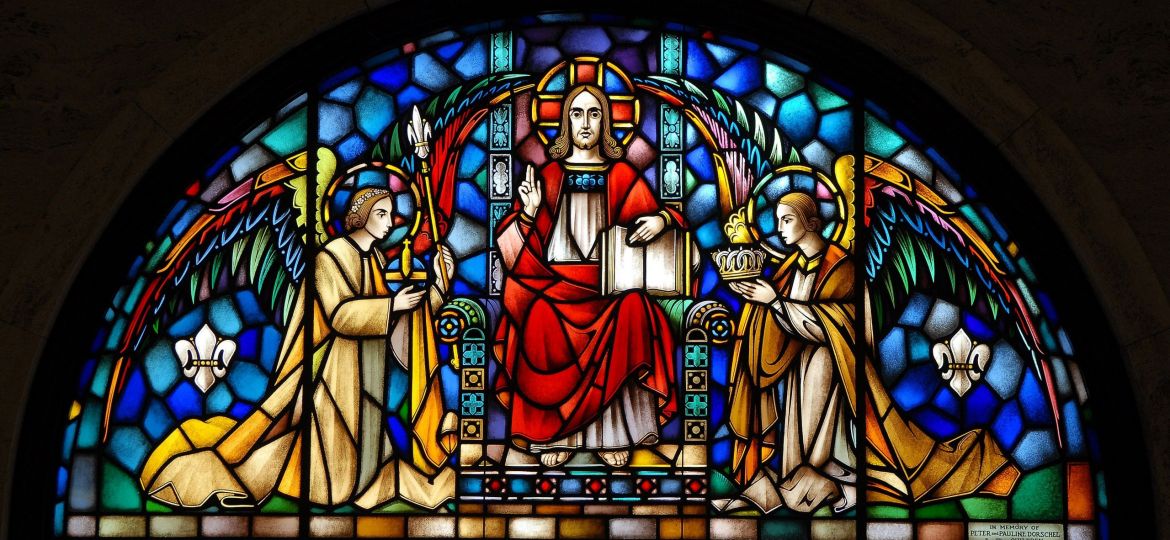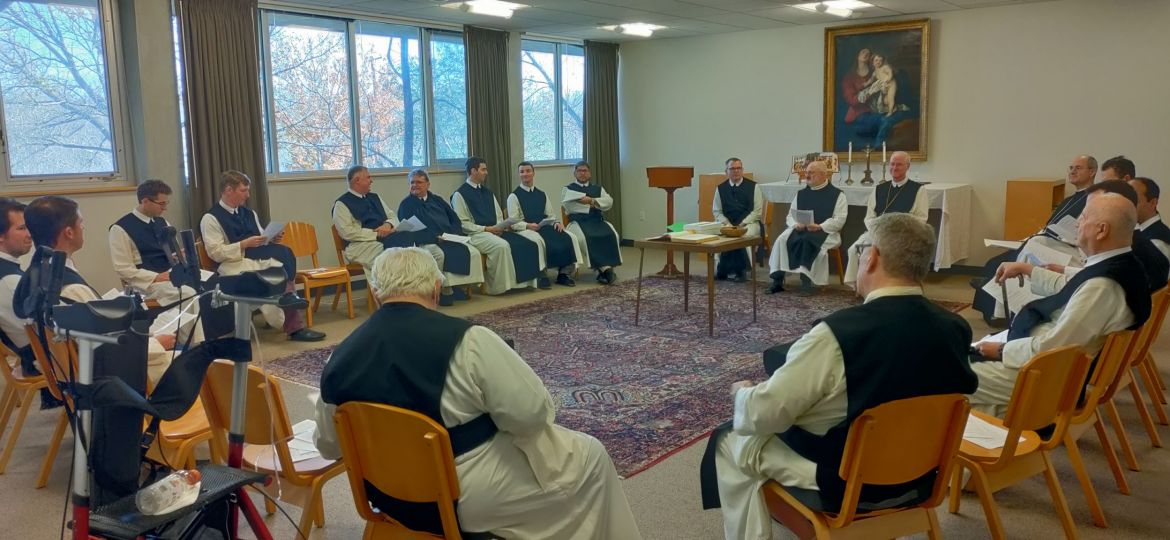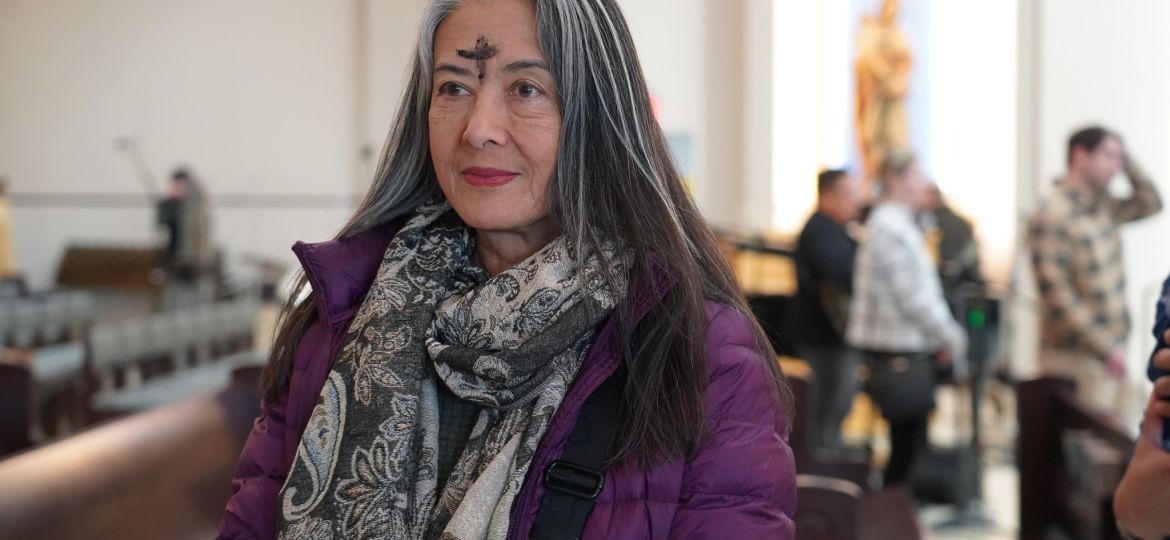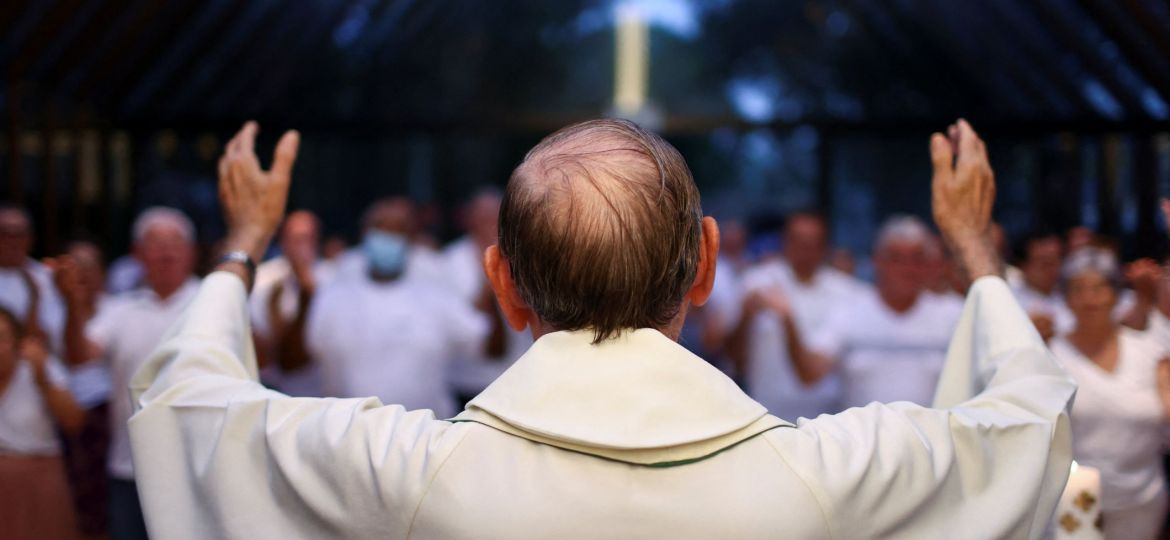My wife Karoline and I had planned to be in Rome for a celebration — a “sposi novelli” (newlywed couples) blessing, the canonization of Blessed Carlo Acutis, and a final trip before we welcome our first child this fall. But everything changed on Easter Monday, when the news broke that Pope Francis had died.
As the Holy Father stepped onto the central loggia above St. Peter’s Square on May 8, I was overcome with emotion and pride, swept up in the historical significance of the moment. Like many around the world, I was intrigued — and excited — by his decision to take the name Leo XIV.
Death, disobedience, and sin are not part of the original divine plan, and yet they are manifest facts of human life. How, then, is the divine will to be done by me or any other weak-willed man or woman dwelling in the valley of the shadow of death?
We desire to see improvements in our family, friends, and community, and yet we sometimes fail to acknowledge that true transformation begins within.
What if three days could change your life? The paschal triduum —Holy Thursday, Good Friday, and the Easter Vigil — is the heart of the Church’s liturgical year.
The current object of my loving mystification is “Thy kingdom come.” In an effort to be slightly less intimidated by this vast and marvelous petition, I will arrange my musings as responses to the time-honored journalistic questions.
One of the most important rooms in a monastery, after the church, is the chapter room. This is the place where monks meet to do various things as a community: hear an exhortation from their abbot; listen to a spiritual reading (often a chapter from “The Rule of St. Benedict”); deliberate and vote on the important material and spiritual questions that arise in a monastery, such as who should be the abbot, whether to welcome a young monk as a permanent member of the community through solemn profession, and how best to structure their lives to promote God’s purpose.
Our words, whether spoken or written, wield immense power. They can build up or tear down, encourage or discourage, bless or curse.
This Lent, God calls upon us to once again grow in our prayer, fasting, and charity.
Jesus poses a problem when He instructs us to pray to the Father with the words “hallowed be Thy name” (Matthew 6:9). Many Psalms exhort the faithful to praise or call upon the name of the LORD (Psalm 113:1; 116:13; 148:13), and others assert that “Our help is in the name of the LORD” (Psalm 124:8). But how can human beings hallow — that is, make holy — the name of the LORD (in Hebrew, YHWH), Who is already, always, and automatically holy, utterly beyond our ability to add to or subtract from, to influence or change?

